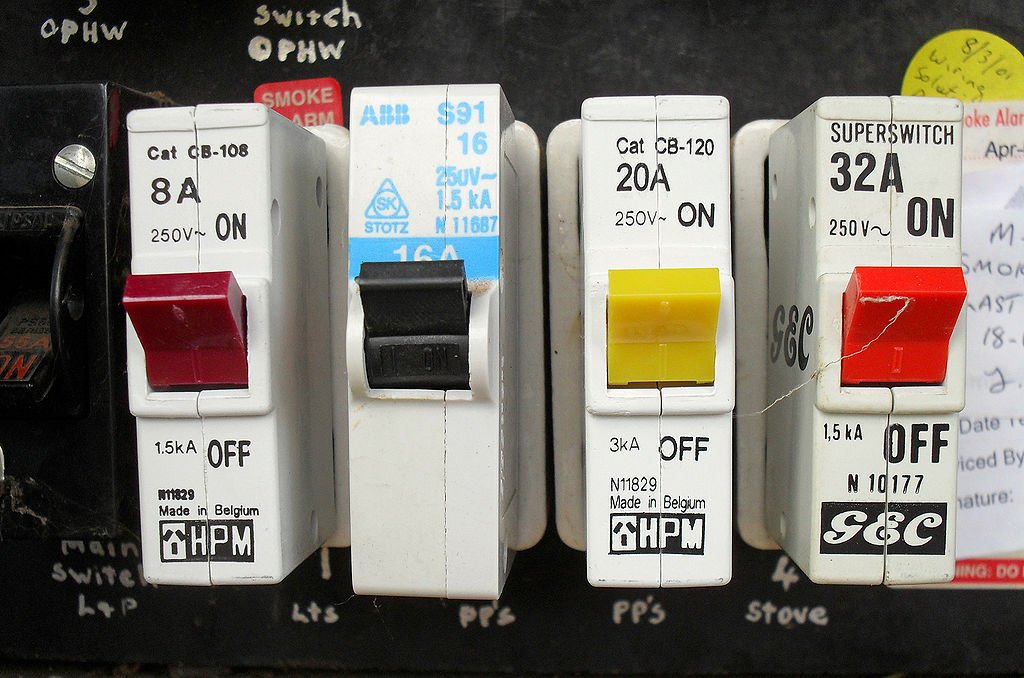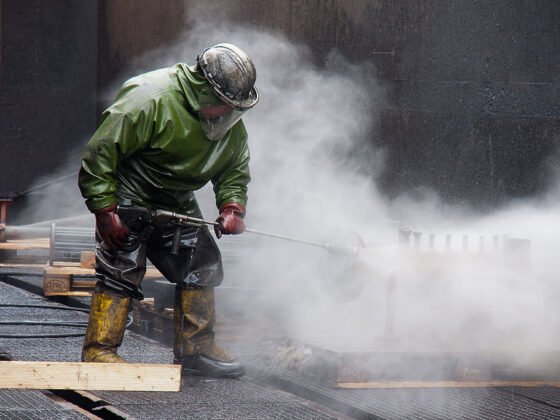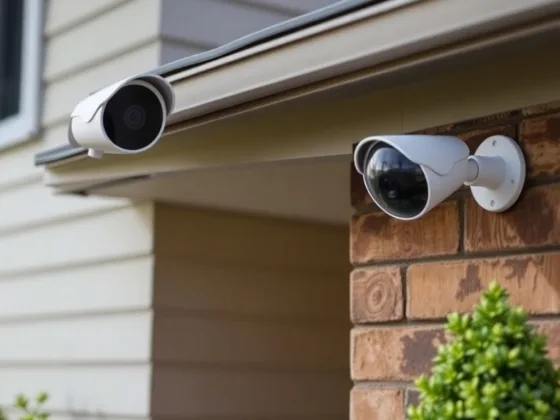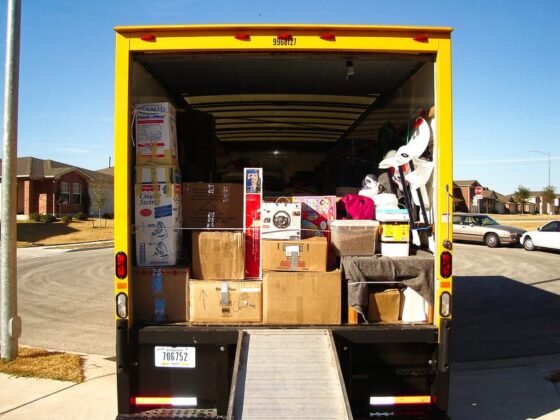Table of Contents Show
Most people are unaware that owning a home can cost you hundreds of dollars per month in miscellaneous expenses. This often includes property taxes, HOA fees, and landscaping. Sometimes, it can involve replacing broken appliances or devices.

Some of the most notable devices are residential circuit breakers. In this quick circuit breakers guide, we’ll discuss what circuit breakers are, what they do, and how to use them.
Let’s dive in.
So, What Is a Circuit Breaker?
Circuit breakers are devices that protect your home’s electrical system from overload or damage.
They work by automatically shutting off the power to an electrical circuit when it detects a problem. This can prevent fires, damage to your home’s wiring, and other issues.
There are two different types of circuit breakers: main breakers and sub-panel breakers. Main breakers are located in your home’s electrical panel, while sub-panel breakers are located in panels that serve specific areas of your home, such as the kitchen or bathroom.
As you might expect, sub-panel breakers derive power from the main breaker and don’t provide power on their own. As a result, cutting power to the main breaker will also take power away from the sub-panel breakers.
Sub-panel breakers are useful if you want to cut power to a particular area of the home, such as a bathroom or the garage.
Looking for high-quality replacement circuit breakers? You can check out this resource here to learn more.
Read Also:
What Do Circuit Breakers Do?
Circuit breakers protect your home’s electrical system by shutting off power to a circuit when it detects a problem. This can prevent fires, damage to your home’s wiring, etc.
Put simply, they are a safeguard to help provide and control the electric voltage in your home.
How Do I Use a Circuit Breaker?
There are two ways to use a circuit breaker: manually and automatically.
Manually:
To manually trip a circuit breaker, locate the switch on the breaker panel and flick it off. This will shut off power to the circuit.
Automatically:
If a circuit breaker trips automatically, it means there is a problem with the circuit that it is protecting. You’ll need to identify and fix the problem before you can restore power to the circuit.
For example, the breaker might trip each time you use your microwave or washing machine. This could indicate faulty wiring in your home.
What Else Should I Know?
Be sure to read your home’s electrical panel labels carefully to determine which breaker is for which circuit.
If you’re not sure what you’re doing, it’s best to hire a professional electrician. Otherwise, you will be at risk of a handful of different consequences.
This can include injury or property damage. You may also cause ongoing issues with the electricity in your home.
This Circuit Breakers Guide Shouldn’t Be Overlooked
Otherwise, you may not fully understand how to interact with this device. The good news is that the above circuit breakers guide has everything you need to know in order to handle it with care.
Looking for other useful articles about homeownership? You can check out the rest of our blog for tips like these.










